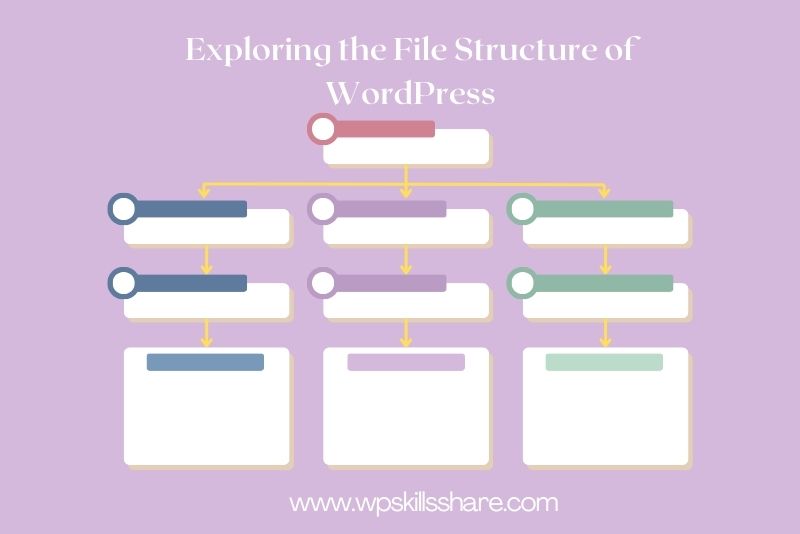Exploring the File Structure of WordPress: A Detailed Guide
WordPress is renowned for its simplicity and flexibility, making it the preferred choice for many website developers and bloggers around the globe. To effectively manage and customize a WordPress website, it’s crucial to understand its underlying file structure. This knowledge not only facilitates troubleshooting and customization but also enhances your ability to optimize and secure your website. Here, we delve into the core components of the WordPress file structure, explaining the purpose and significance of each component.
Overview of the WordPress File Structure
When you install WordPress, it creates a set of files and directories on your server. Each file and directory has a specific function, from rendering your website’s content to storing administrative settings. Here’s a breakdown of the key directories and files you’ll encounter:
1. Root Directory
The root directory of WordPress contains several important files:
- index.php: This file loads and initializes all the WordPress files when a page is requested by a user.
- wp-config.php: One of the most crucial files,
wp-config.phpcontains your website’s base configuration details, such as database connection information. - .htaccess: This file is used to configure the Apache web server, with settings that affect the SEO-friendly structure of your URLs (permalinks).
- robots.txt: Although not part of a standard WordPress install, this file can be used to give instructions to web crawlers about which areas of your site should not be processed or scanned.
2. wp-admin
The wp-admin directory contains all the files necessary for your WordPress admin dashboard to function. This includes scripts and files for administrative tasks such as posting blogs, managing plugins, and configuring settings.
3. wp-content
This is arguably the most critical directory for WordPress users, as it contains your themes, plugins, and uploads:
- Plugins: Stored in
wp-content/plugins, these add functionality to your WordPress site. - Themes: Located in
wp-content/themes, themes control the visual appearance of your WordPress site. - Uploads: All files you upload via the WordPress media manager are stored in
wp-content/uploads. This directory is segmented by year and month.
4. wp-includes
The wp-includes directory houses many of the core WordPress files that your site needs to function. These files include PHP files, JavaScript scripts, and other files that define the WordPress core functionalities.
Why Understanding This Structure Is Important
Customization and Enhancement
By understanding where different types of files are stored, you can more easily customize your site with child themes or custom plugins, ensuring you do not interfere with the core WordPress updates.
Security and Optimization
Knowing what each file does helps in setting up security measures, such as which files should be accessible through the web and which should not. It also assists in optimizing the website by managing caching settings or configuring database connections properly.
Troubleshooting and Maintenance
When something goes wrong, knowing the file structure helps you pinpoint issues more quickly. For instance, if a plugin is causing issues, you know to look in wp-content/plugins to troubleshoot or disable the plugin.

